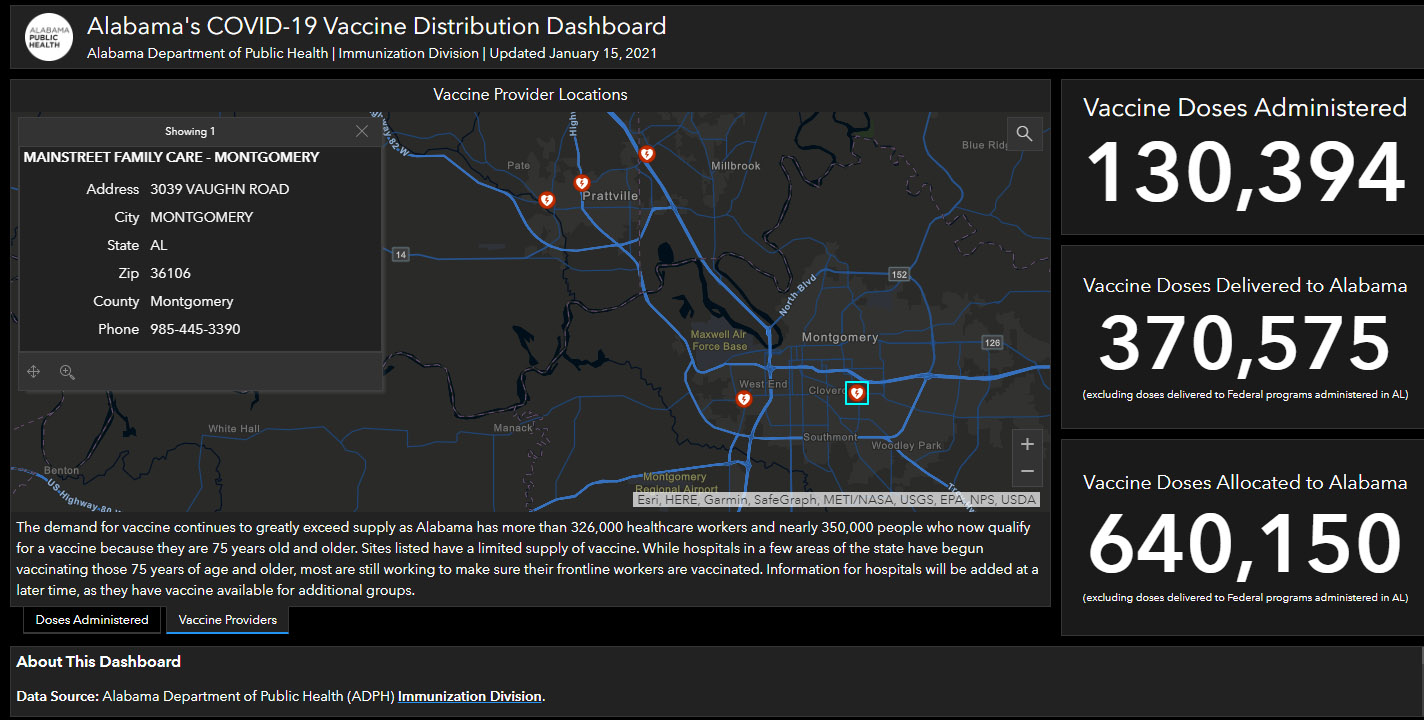
Join the conversation and sign up for the Indiana Two-Way. Indiana recently changed how it presented newly reported COVID-19 cases so it connected to the day of the positive test rather than to the day it was reported to the state department. The state is also moving away from single-day counts of COVID-19 metrics.

State health officials said it made more sense to direct Hoosiers to the CDC’s map, which better accounts for hospitalizations and community spread than the IDOH map. Lindsay Weaver said the dashboard will focus on what she calls a “better measurement” - the impact COVID is having on the state’s health care systems and hospitals.Īs a result, the state is sunsetting its county metrics map. Centers for Disease Control and Prevention is pushing states to move away from that metric. Because of the prevalence of at-home COVID-19 tests and no reporting mechanism for those positive tests, the U.S. IDOH has eliminated positivity rates with the update, which health officials said was in response to changing standards.

South Dakota, Arizona and Ohio are among the states only updating statewide COVID-19 metrics once a week.īut state health officials said if the state sees an increase in new cases, it can easily increase the frequency of updates again. Several states, including Washington and Michigan, have already moved to the three-times-a-week updates.
#Indiana vaccine dashboard update
Indiana will update this new dashboard on Monday, Wednesday and Friday each week. State health officials said the move will make the dashboard more agile, along with several updates to how the data is presented and what data is included in the dashboard.

The department said the changes, effective Wednesday, are part of its continued move toward surveillance of the virus, rather than attempting to track every case. The agency will no longer update its COVID-19 dashboard daily - opting instead to move to three-times-a-week updates. The Indiana Department of Health is making major changes to its COVID-19 dashboard, which includes removing information that had been available for much of the pandemic.


 0 kommentar(er)
0 kommentar(er)
